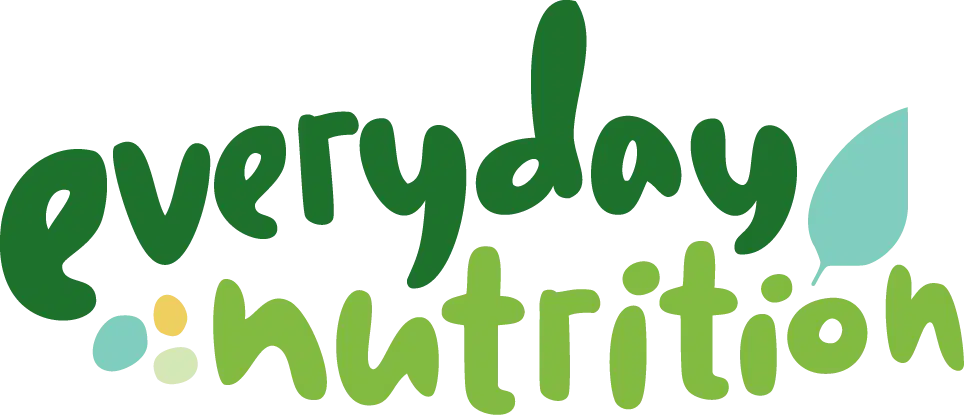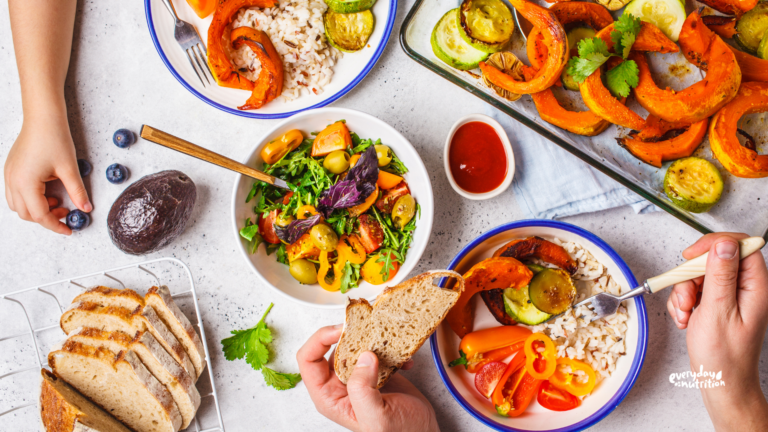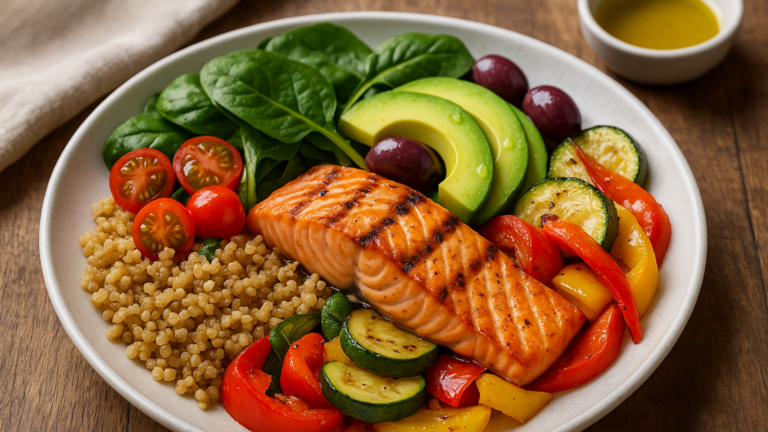By Joanna Baker APD & RN
Starting out on a low FODMAP diet plan can be overwhelming. Suddenly you have to think twice every time you eat. This guide has some practical tips to get you going on the initial phase of the low FODMAP diet, and get your symptoms settled faster. It can also help with irritable bowel syndrome (IBS).
Before you start your new FODMAP diet plan
Before switching to a low FODMAP meal plan it is important to see a doctor or health care professional, to exclude serious medical conditions that can cause similar gut symptoms like abdominal pain and uncomfortable bowel habits. We also recommend seeing a FODMAP trained Registered or Accredited Practising Dietitian to help you navigate the complexity of the FODMAP diet, and to make sure you are meeting your nutritional needs while on a low FODMAP diet plan. Following the initial exclusion phase for longer than 4-8 weeks can lead to alterations in gut microbiome and nutritional deficiencies, so it is important to move to phase two after this time.
When is the right time to start your low FODMAP diet?
There is no rule about when is the right time to start eating low FODMAP, or when to start a low FODMAP diet plan. But, since it involves making changes to your diet and restricting certain healthy foods, you need to be able to do this without compromising your health. Although it’s not a game of perfect, you also need to be able to physically provide yourself with low FODMAP meals and snacks for the duration of the Elimination phase of the diet plan. If you are stuck for ideas, our meal plans and low FODMAP menus can help.
Should you restrict all high FODMAP foods from your diet?
Since FODMAPs can take several hours to cause problems, it can be difficult to identify your triggers. I’ve seen many people get surprised by what is and isn’t triggering them when they do a structured Elimination and Challenge. To keep results clear and consistent, we generally recommend limiting all high FODMAP foods or portions sizes during the initial phase of the low FODMAP diet plan.
What can I eat on a low FODMAP diet plan?
Is there a list of foods I can eat? Can I eat peanut butter? What does a FODMAP diet plan look like? The low FODMAP diet is only just over 10 years old, so research is moving very quickly. Save yourself some stress; download the Monash University smartphone app for a FODMAP food list and see a FODMAP trained dietitian to get up to date information about what food is low FODMAP and can be included in your low FODMAP meal plan.
Is the low FODMAP diet gluten free?
FODMAPs are the carbohydrate in wheat, barley and rye. Gluten is the protein in wheat, barley and rye. These are different molecules that often occur in the same food. A FODMAP meal plan is not all or nothing, and it allows certain serves of wheat products.
Low FODMAP bread, pasta & grains include:
- 1 slice of white or whole meal wheat bread
- 2 slices of wheat or spelt sourdough bread or FODMAP certified bread
- 2 slices of gluten free bread (check for high FODMAP ingredients e.g. honey, inulin/chicory)
- ½ cup serve of wheat pasta
- Oats, rice, rice noodles, quinoa, corn, buckwheat all have low FODMAP serves
- Gluten free pasta
- Low FODMAP cereals e.g. Food for health, Fody, Cornflakes, Rice bubbles
Are low FODMAP diet plans dairy free?
Lactose is the carbohydrate in milk and milk products. Lactose free dairy products are suitable for all phases of a low FODMAP meal plan. These include:
- Lactose free cow’s milk, yoghurt, ice cream (check for high FODMAP fruit flavours or inulin)
- Hard cheese & butter only contain trace amounts of carbohydrates and are naturally low FODMAP.
If you prefer non-dairy choices, you will need to look out for other FODMAP e.g. GOS found in some soy milks. Low FODMAP diet plan options include:
- Soy milk made from soy protein
- Calcium fortified almond or rice milk
- Pea protein milk
Read more about the low FODMAP diet, IBS treatment and dairy here:

How do I add flavours without garlic & onion?
It’s true that garlic and onion are high FODMAP and don’t have a low FODMAP serve. This doesn’t mean that your meal plans will be lacking in flavour while you are following this diet. You can use:
- Onion or garlic infused oils
- Herbs & spices, green part of leek, spring onion or chives
- Low FODMAP stocks and gravies e.g. FODMAPPED for You, Massel or Gravox
- Mayonnaise, mustard, vinegar & fish sauce
- BBQ sauce, tomato sauce, soy sauce, oyster sauce, worcestershire sauce all have low FODMAP serve sizes
Is sugar a low FODMAP food?
Yes, sugar is low FODMAP. While honey and certain fruits are limited, low FODMAP sweeteners that can be used are:
- Regular sugar – white, caster, brown, raw or icing sugar
- Brown rice syrup, pure maple syrup
- Molasses or golden syrup in small amounts
- Check your app for low FODMAP fruits e.g. berries, citrus, bananas
Final thoughts on the low FODMAP diet plan
Keep in mind that a low FODMAP meal plan is not forever, and while the first few days or week can be challenging it does get easier when you get to know your own personal thresholds and find new yummy foods. Switching the focus to what you can eat is mentally and emotionally kinder. You can also download 5-day dietitian developed meal plans here to get you started and settle your gut faster.








2 Comments